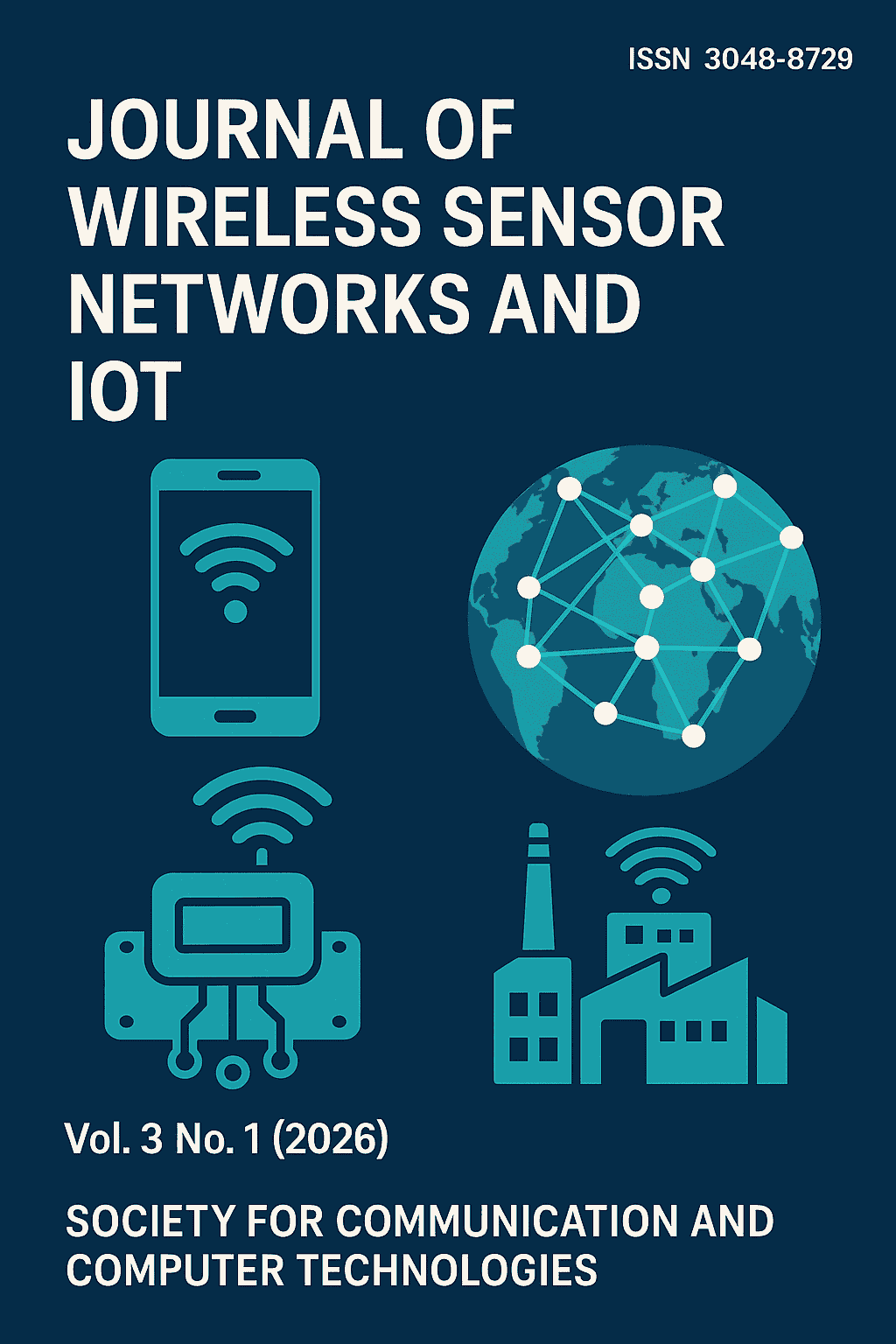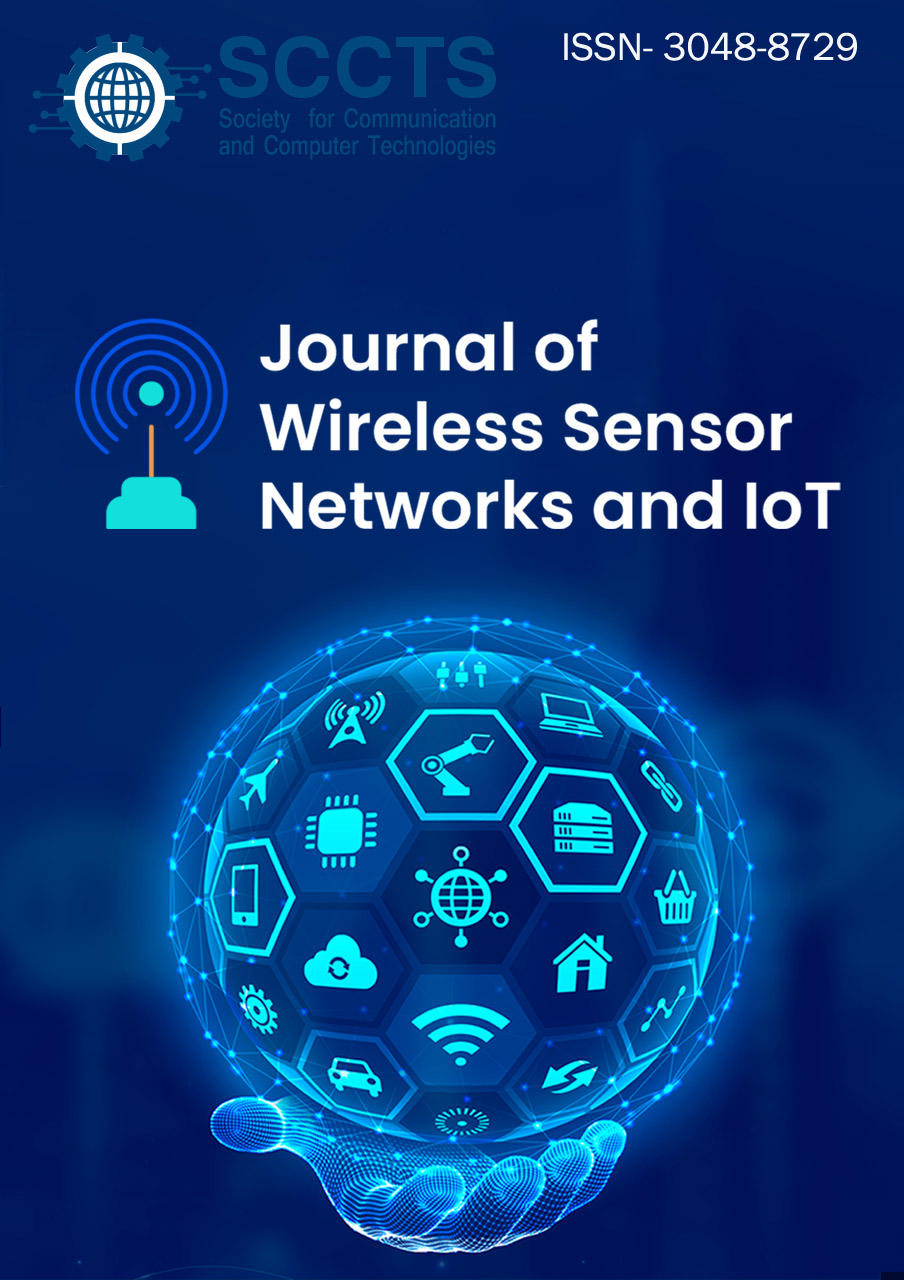Deployment of WSN-Based Structural Health Monitoring for Smart Bridges: A Real-World Case Study
DOI:
https://doi.org/10.31838/WSNIOT/03.01.12Keywords:
Structural Health Monitoring, Wireless Sensor Networks, Smart Bridge, Zigbee, Real-Time Monitoring, Edge Computing, Energy Efficiency, Anomaly DetectionAbstract
The most significant research on SHM systems to date has been done on bridges, and these systems have become necessary in ensuring the safety, performance, and durability of the modern bridge infrastructure systems located in dynamic and stressful environments. It is a real-life implementation of Wireless Sensor Network (WSN) based SHM system on the Rajiv Gandhi Cable Bridge in India. The system consists of heterogeneous sensors that measure vibration strain, as well as tilt and, a mesh Zigbee-based communication protocol whose purpose is to guarantee energy-efficient and scalable data transfer. Sensors run on solar energy and are assisted by an edge gateway that facilitates preprocessing of real-time data and transfers the information to a distant cloud. The deployment uses the adaptive sampling and the energy-aware duty cycling functionality to distribute power in a way that does not lead to sacrificing data quality. Periodally monitored during a period of six months, the system reached a 98.7 percent network uptime, had a proven 36 percent decrease of energy usage, and had an accuracy of 93.5 percent in detecting anomalies verified by a manual review. Latency of the whole network of sensor to cloud was maintained less than 250 milliseconds that enabled near real-time decision-making. The practical applicability of using WSN technology to introduce SHM systems into large-scale infrastructure at a reduced maintenance rate and at a high-reliability of detecting faults is evidenced in the findings of this study. The planned future extensions are the utilization of AI-based predictive maintenance algorithms and the growth to the multi-bridge monitoring system.






